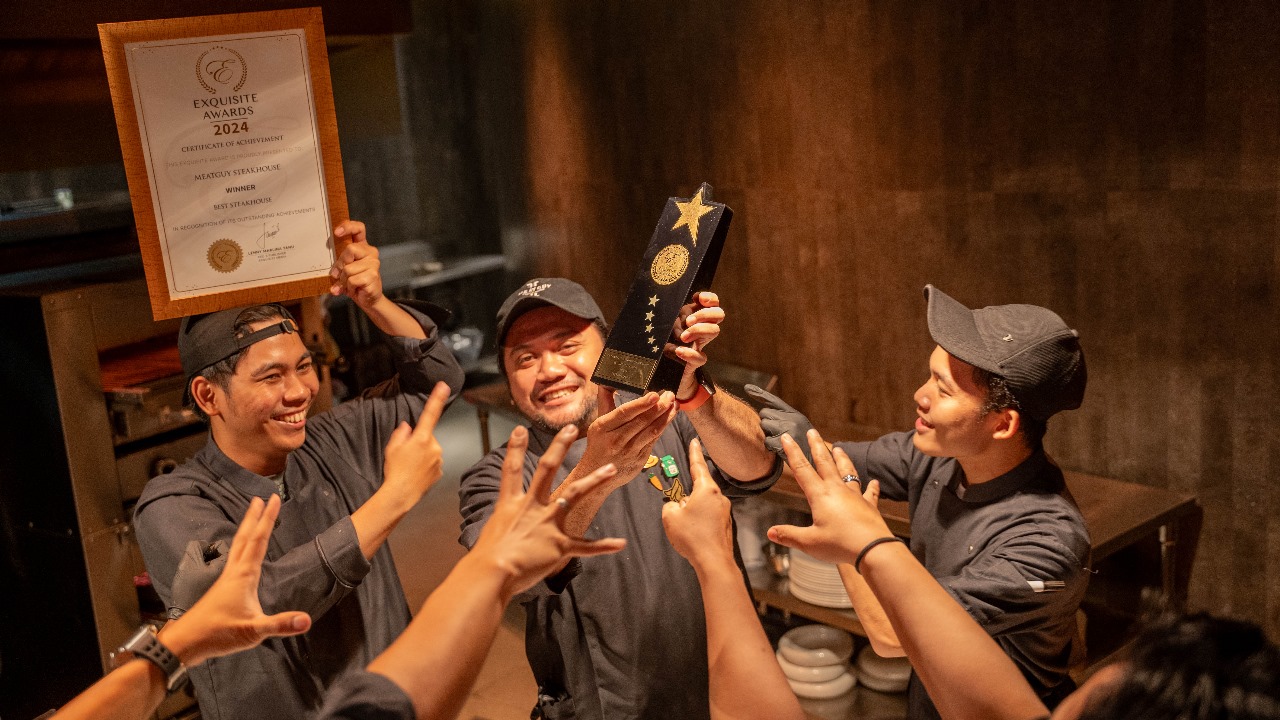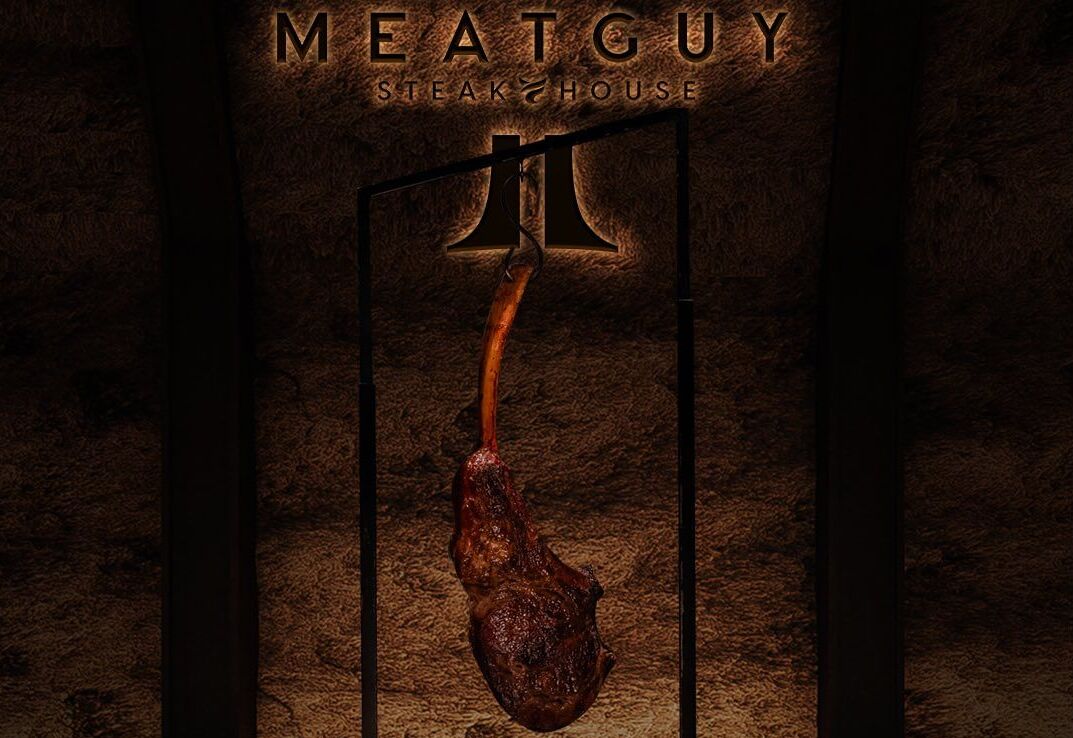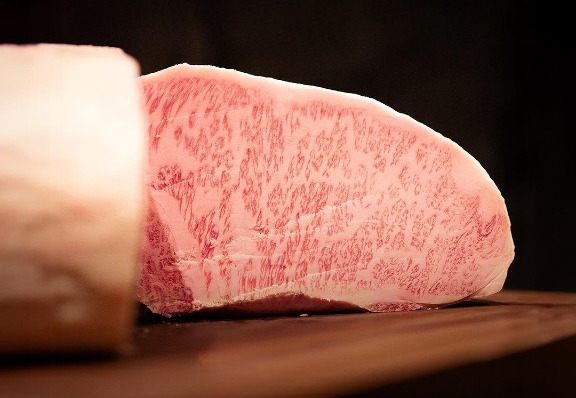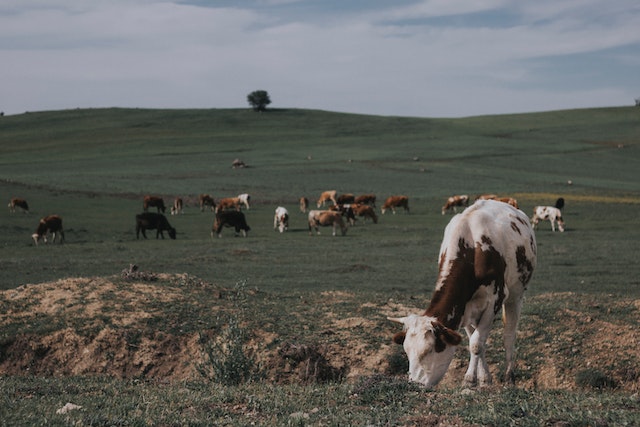How to Cook a Perfect Prime Rib: Tips and Tricks from Top Chefs
 by
Leo Bisma
by
Leo Bisma  May 02, 2023
May 02, 2023
Welcome to Meatguy Steakhouse, Our mission is to provide you with a dining experience that will leave a lasting impression, and our blog aims to keep you informed on the fascinating world of steaks and roasts.
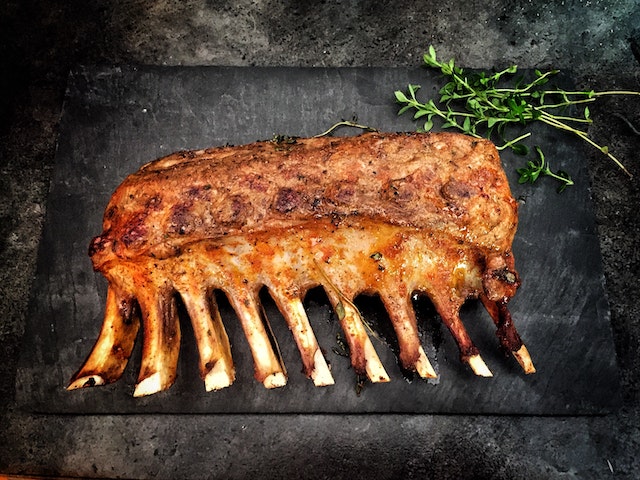
In today's article, we will delve into the art of cooking a perfect prime rib. This iconic roast is adored by many for its tender texture and rich flavor, making it the centerpiece of countless celebrations and gatherings.
We will be sharing tips and tricks from top chefs, answering your frequently asked questions, and guiding you through the process of selecting, preparing, and cooking a prime rib that will impress your guests.
Understanding Prime Rib: Its Unique Features and Flavor
Prime rib, a highly sought-after cut of beef, is celebrated for its unique characteristics and exceptional taste. In this section, we will address some common questions about prime rib and explore its distinct features that make it a favorite among meat enthusiasts.
1. What is so special about prime rib?
Prime rib is a cut of beef from the primal rib, one of the eight primal cuts of the animal. This succulent and tender cut is known for its rich, juicy flavor that arises from the marbling of fat throughout the meat.
The luxurious mouthfeel and impressive presentation make prime rib the ideal centerpiece for special meals and celebrations.
2. What is prime rib vs ribeye?
Both prime rib and ribeye originate from the rib section of the animal. However, there are notable differences between the two. Prime rib is a larger cut, typically including ribs 6 through 12, and is often roasted whole.
On the other hand, ribeye is a smaller, boneless cut that comes from the longissimus dorsi muscle within the prime rib. Ribeye is typically prepared as individual steaks and cooked using methods like grilling or pan-searing. While both cuts are flavorful and tender, prime rib is generally considered more luxurious and is often reserved for special occasions.
3. Is prime rib a good cut of beef?
Without a doubt, prime rib is widely regarded as one of the best cuts of beef. Its tenderness, flavor, and marbling make it a top-quality choice for meat lovers.
The high fat content within the meat helps to keep it moist and tender during cooking, resulting in a melt-in-your-mouth dining experience. Prime rib's reputation as a premium cut makes it a popular choice for celebrations and special meals.
4. Is a prime rib a steak or roast?
Prime rib is primarily considered a roast, as it is usually cooked whole with the bones still attached. Cooking it this way enhances the flavor and helps to retain moisture during the cooking process.
However, prime rib can also be cut into individual steaks, known as "ribeye steaks," which can be cooked separately using various methods such as grilling or pan-searing.
Read more: Steak Seasoning: Ideas for Creating Your Own Signature Blend at Home
Selecting the Perfect Prime Rib
Choosing the right prime rib for your special meal is crucial in achieving the best taste and texture. In this section, we will explore the factors to consider when selecting a prime rib and the importance of marbling and quality in determining the final result.
1. Factors to consider when choosing a prime rib
When selecting a prime rib, pay attention to the following aspects to ensure the best possible outcome:
Grade: Opt for USDA Prime or Certified Angus Beef, as these grades guarantee a high level of marbling and superior taste.
Size: Consider the number of guests you plan to serve, and choose a roast accordingly. As a rule of thumb, estimate one rib for every two people.
Aging: Look for prime rib that has been aged for at least 21 days. This aging process enhances tenderness and flavor.
Bone-in or boneless: Bone-in prime rib is preferred by many for its enhanced flavor and ability to retain moisture during cooking. However, boneless cuts are easier to carve and serve.
2. Importance of marbling and quality in prime rib
Marbling and quality play a critical role in determining the flavor and texture of your prime rib:
Marbling refers to the thin veins of fat that run through the meat, which melt during cooking, resulting in a more tender and flavorful roast.
High-quality prime rib will have a generous amount of marbling, ensuring a superior eating experience.
Quality is also influenced by factors such as animal welfare, diet, and farming practices. Choose meat from reputable sources and suppliers that prioritize these aspects to guarantee the best results.
Preparing the Prime Rib for Cooking
Before cooking your prime rib, it is essential to prepare it correctly to ensure the best flavor and texture. In this section, we will discuss tips on seasoning and marinating, as well as how to properly trim and tie the roast.
1. Tips on seasoning and marinating
To achieve the perfect flavor, follow these guidelines for seasoning and marinating your prime rib:
a. Salt generously
Season your prime rib with a liberal amount of coarse salt, such as kosher or sea salt. This helps to draw out moisture and tenderize the meat, while also enhancing the flavor.
b. Use fresh herbs and spices
Fresh herbs like rosemary, thyme, and garlic add depth to the flavor profile. Combine these with freshly ground black pepper and other spices of your choice.
c. Marinate for at least 4 hours
Allow the prime rib to marinate in the refrigerator for a minimum of 4 hours, or preferably overnight. This helps the flavors to penetrate the meat, ensuring a tastier result.
d. Bring to room temperature
Before cooking, remove the prime rib from the refrigerator and let it rest at room temperature for about an hour. This will ensure even cooking and prevent the exterior from overcooking.
2. How to properly trim and tie the roast
Proper trimming and tying of the prime rib are essential for even cooking and an attractive presentation. Follow these steps to prepare your roast:
Remove excess fat: Trim any excess fat from the outer layer of the prime rib, leaving about 1 cm of fat for flavor and moisture. Be cautious not to remove too much, as the fat is crucial for the cooking process.
1. Detach and tie the bones
If your prime rib is bone-in, cut the bones away from the meat along the contour, leaving them connected at the base. This makes it easier to carve once cooked. Tie the bones back to the meat using kitchen twine, which helps the roast maintain its shape during cooking.
2. Tie the roast
To ensure even cooking and maintain the shape of the prime rib, tie it at intervals of 2-3 cm using kitchen twine. This will also make the final presentation more appealing.
Read more: The Best Meat-Based Appetizers for Your Next Party: Recipes and Ideas
Cooking Techniques for the Perfect Prime Rib
Selecting the ideal cooking method is essential for achieving a perfect prime rib. In this section, we will explore three popular techniques: oven roasting, reverse searing, and sous vide, along with temperature and time recommendations, steps, and benefits.
1. Oven roasting: Temperature and time recommendations
Oven roasting is a classic method for cooking prime rib. Follow these guidelines for the best results:
Preheat your oven: Preheat your oven to 220°C to create an initial high heat for searing the exterior of the prime rib.
Sear the roast: Place the prime rib in the preheated oven, fat-side up, and cook for about 20 minutes to sear the outer layer.
Reduce the heat: Lower the oven temperature to 135°C and continue cooking until the internal temperature reaches the desired level of doneness. Cooking times will vary based on the size of the roast and desired doneness, but generally, it takes about 2-2.5 hours for a medium-rare result (internal temperature of 54-57°C).
Rest and serve: Remove the roast from the oven and let it rest for at least 20 minutes before carving. This allows the juices to redistribute, ensuring a moist and tender prime rib.
2. Reverse searing method: Steps and benefits
Reverse searing is a technique that involves slow-cooking the meat first, followed by a high-heat sear. This method offers several benefits, including more even cooking and better control over the desired level of doneness.
Slow cook the roast: Place the prime rib on a wire rack set in a rimmed baking sheet, fat-side up, and cook in a preheated 135°C oven until the internal temperature reaches about 5°C below your desired level of doneness.
Rest the roast: Remove the prime rib from the oven and let it rest for about 15-20 minutes.
Sear to finish: Preheat a skillet or oven to a high temperature (about 260°C), then sear the roast for 3-4 minutes per side or until it develops a golden-brown crust.
Rest and serve: Allow the prime rib to rest for 10 minutes before carving and serving.
3. Sous vide: Precision and consistency
Sous vide is a cooking method that involves sealing the prime rib in a plastic bag and submerging it in a temperature-controlled water bath. This technique provides precise temperature control and ensures consistent results.
Season and vacuum seal: Season the prime rib with your desired herbs and spices, then vacuum seal it in a plastic bag.
Cook in a water bath: Submerge the sealed bag in a preheated sous vide water bath set to the desired internal temperature for your preferred level of doneness (e.g., 54°C for medium-rare). Cook for 4-6 hours, depending on the size of the roast.
Sear for a crust: Remove the prime rib from the bag and sear it in a hot skillet or on a grill for 1-2 minutes per side to develop a golden-brown crust.
Rest and serve: Allow the prime rib to rest for a few minutes before carving and serving.
Each cooking method—oven roasting, reverse searing, and sous vide—offers unique benefits and can deliver a perfect prime rib. Experiment with these techniques to find the one that best suits your preferences and culinary skills, and enjoy a delicious and unforgettable meal.
Read more: The Rise of Meatless Meat: A Look at the Latest Plant-Based Alternatives
Carving and Serving the Prime Rib
1. The Importance of Resting the Prime Rib
Allowing the prime rib to rest after cooking is crucial for retaining its juices and ensuring a tender, flavorful result
Rest the prime rib for at least 15-20 minutes to allow the juices to redistribute, making for a more succulent and easier-to-carve roast
2. Tips on Carving for Maximum Tenderness and Presentation
Use a sharp carving knife and a stable cutting board for clean, precise cuts
Remove any kitchen twine and trimmings before carving
Start by cutting along the bone to separate the meat from the rib bones
Slice the prime rib into even, thin slices against the grain for maximum tenderness
3. Suggested Side Dishes and Accompaniments
Creamy mashed potatoes or garlic-roasted potatoes
Steamed or grilled asparagus, green beans, or Brussels sprouts
Classic Caesar or garden salad with a tangy vinaigrette
Rich and savory red wine jus, horseradish cream, or peppercorn sauce to enhance the flavors of the prime rib
In this article, we've explored the unique features and flavor of prime rib, along with expert tips on selecting, preparing, and cooking the perfect roast. By following these guidelines, you can impress your guests with a delicious and beautifully presented prime rib dinner.
If you're eager to experience the expertise of Dims The Meatguy firsthand, we invite you to visit Meatguy Steakhouse, where our commitment to quality and exceptional dining experiences is second to none.


